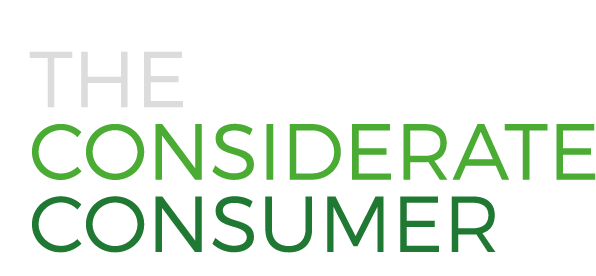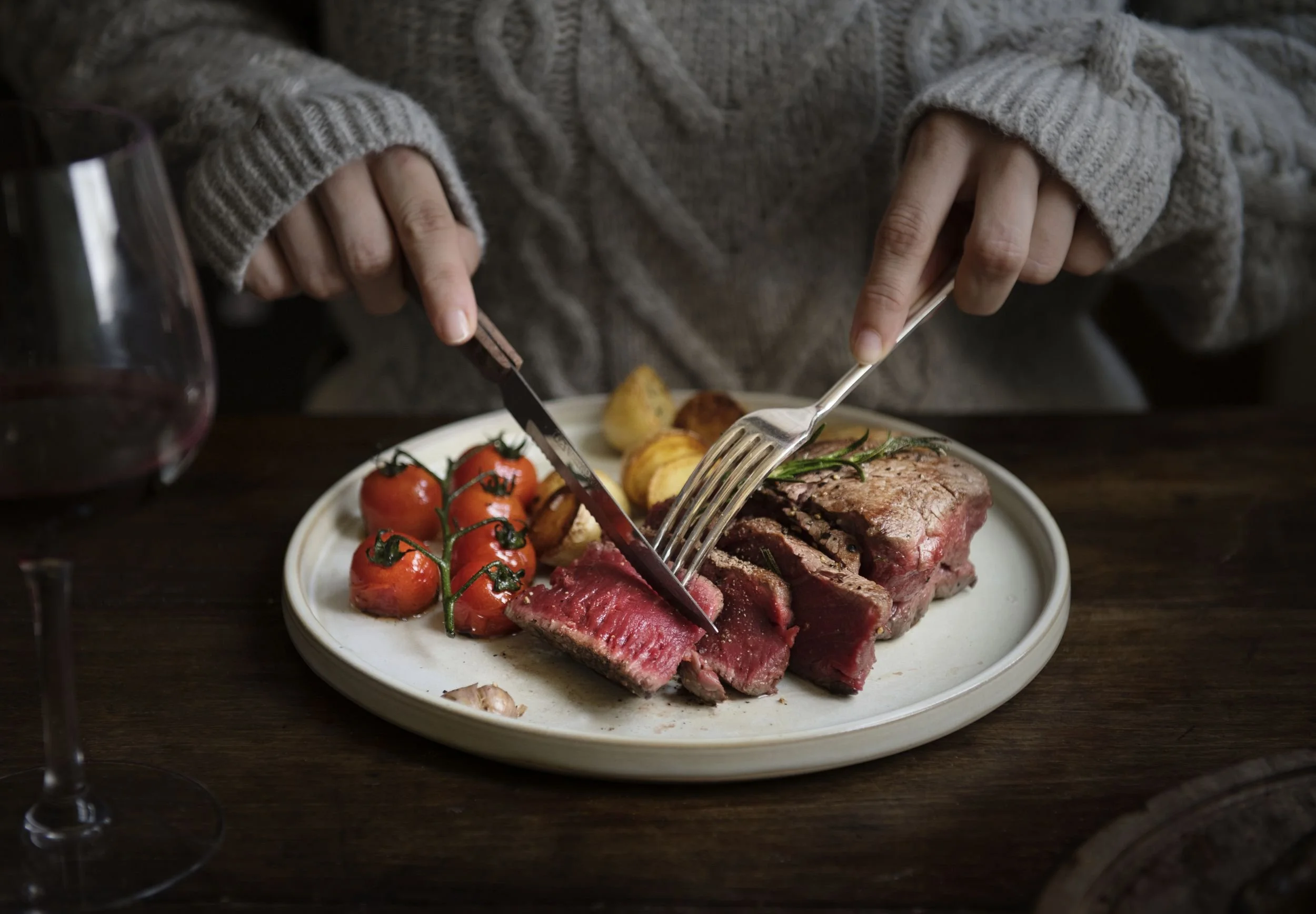January 2023
Our planet is facing a nutritional and environmental challenge: The global population is expected to reach 9.7 billion by 2050, but the already existing earth’s land area can not get any bigger. Not much extra arable land can be exploited to feed the world’s rising population.
So what can we do to both gain extra arable land for human food and protect our planet? Reduction of livestock production seems to be the most effective answer. But of course, this reduction means we must find alternative protein sources to replace meat protein in a nutritious, tasty and sustainable way.
Below are presented a few attractive such alternatives - there is something for each of you - we promise.
WHICH PROTEIN ALTERNATIVE TO CHOOSE?
Check out Protein Directory to determine which alternative protein suits you, all about producers, how it is used and where you can get appropriate products.
Plant Protein
There are five types of plant protein, i.e. protein that we obtain from plants. These include proteins from soya, gluten-containing plants, legumes, algae and jackfruit.
SOY-BASED PRODUCTS
Soy is probably the most well-known raw material in meat and dairy alternatives. Soy products cover a wide range, but the ones used particularly as alternative protein sources are tofu, tempeh and textured vegetable protein (TVP) or textured soy protein (TSP). TVP mainly serves as a great meat substitute due to its meat-like structure.
Some producers are Bioline Europe, The Tofoo Co., Plant Power, Forest Whole Foods or Taifun.
HOW SUSTAINABLE ARE SOY-BASED PRODUCTS?
Nutrient-wise, soy-based food is a sustainable alternative to meat products, as less land is required to get the same amount of protein. However, large parts of the soy harvest are animal feed. If those areas were to produce soy for human food, a vast extra space of arable land would be available and agricultural deforestation would be reduced by 94%.
For most soy-based products intended for the European market, soy is imported from America - the global leader in soy production - why, in Europe, many soy-based products come with high food miles.
GLUTEN PRODUCTS
Gluten products derive from grain crops, mainly wheat. Wheat is a more sustainable crop than soy primarily because it can be grown locally (In European countries like France, Ukraine and Germany), and therefore, it carries lower food miles.
Seitan is a meat substitute made from wheat gluten that mimics the flavour and texture of chicken. It’s made by adding water to wheat flour and removing the starch and serves as the raw material for producing meat- and cured meat- substitutes. Some examples of European seitan producers are LoveSeitan, Huhtahyvät or Wheaty.
Mock duck is another gluten-based meat replacement low in fat and rich in protein. It is made primarily of wheat gluten with oil, sugar, soy sauce, and salt. In the European market, Exemplary producers are GranoVita or Marigold Health Foods.
LEGUME-BASED PRODUCTS
Legumes such as beans, peas and lentils comprise a rich source of plant-based protein, either as seeds or as processed products (like flour). Especially vegan crumbles of pea protein with their minced meat-like texture are a suitable meat substitute and can be easily found in many delicatessens and organic food shops.
HOW SUSTAINABLE ARE LEGUME-BASED PRODUCTS?
Same as with soy, the main producers of legumes are non-European countries such as India, Canada, Myanmar and China. Therefore, their sustainability in the European market is decreased due to the addition of high food miles. Even so, legume cultivation is a sustainable alternative to meat, and compared to soy, it is associated with lower greenhouse gas- and water- footprints.
JACKFRUIT PRODUCTS
Jackfruit is considered a meat substitute thanks to its texture, similar to pulled pork. It is a nutritious food with fibre, vitamins, minerals and antioxidants. European companies such as Clearspring and Jacky F. produce mainly mildly processed Jackfruit chunks. Still, Jackfruit comes to the market in versatile forms like chips, flour, preserved flakes, jelly and beverages like squash and nectar.
HOW SUSTAINABLE IS JACKFRUIT?
The cultivation of jackfruit does not require irrigation or application of pesticides and herbicides, plus the whole plant is utilizable: its fruit is used for food and medicine, and its non-edible parts for object construction.
The only drawback of jackfruit is its relatively low protein content. One serving of jackfruit contains just 2.84 g of protein, while one serving of pork contains 26g.
ALGAE PRODUCTS
Algae serve as a promising alternative protein source with a quality amino-acid composition. It is generally a nutritious food rich in fibre and minerals, vitamins, omega 3 and omega 6 fatty acids, polysaccharides, phycobilins and antioxidant compounds.
HOW SUSTAINABLE ARE ALGAE PRODUCTS?
For the cultivation of algae, no occupation of arable land and pesticide application is demanded, and unsuitable water for traditional agriculture can be used, such as saltwater and wastewater. Furthermore, algae can absorb carbon dioxide (CO2), one of the elemental greenhouse gasses, contributing to mitigating the greenhouse effect.
HOW IS ALGAE APPLIED?
Algae can be consumed either fresh or dried, as processed snack bars or as food supplements such as spirulina and chlorella. Cereal-based products, e.g. flour, pasta, bread, crackers and multiple other products, can be enriched with algae to improve their quality. Producers are for example Indigo Herbs, Algamar, The Algae Factory, or Helga.
Algae may also be used to construct fermented functional dairy products, such as cheese, yoghurt, cream and milk desserts.
MUSHROOMS - FUNGUS PRODUCTS
Mushrooms are an exceptional alternative to meat products. Their fibrous texture provides a fleshlike look and feels, resembling meats.
HOW SUSTAINABLE ARE MUSHROOMS?
Mushrooms’ farming process makes them one of the most sustainable foods on the planet. Cultivation demands minimal land space, and high yields are produced from a minimal initial physical footprint.
Additionally, mushroom growers are ultimate recyclers, gathering organic waste from other sectors of the agriculture industry and composting it into a substrate, which is the organic matter in which mushrooms grow. Reusing organic byproducts from plant or animal farming contributes to a circular economy with minimal waste generation.
WHAT IS MYCOPROTEIN?
Mycoprotein is extracted fungal protein, which the British company Quorn, for example, specialises in processing.
EDIBLE INSECTS
Insects are being proposed as an up-and-coming sustainable protein source for humans. They are a nutritional food source, rich in quality amino acids and minerals.
WHY ARE EDIBLE INSECTS SUSTAINABLE?
Unlike livestock farming, insect production emits far fewer greenhouse gasses and requires much less land and resources (water and feed). Consider, for example, that 1 gram of edible protein from beef requires 8–14 times as much land and approximately five times as much water as mealworms.
FOODS MADE OF/ CONTAINING EDIBLE INSECTS
In Europe, the edible insects that are officially certified as safe for human consumption are crickets, yellow mealworms and grasshoppers, with a wide range of market products deriving from insect powder like pasta, bread, chips, protein bars and burgers. Essento produces whole-insect snacks.
Here you can learn more about Edible Insects →.
LEarn more
Check our Sources: Bibliography →











